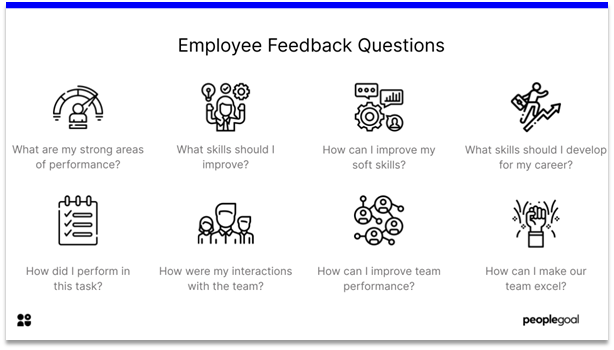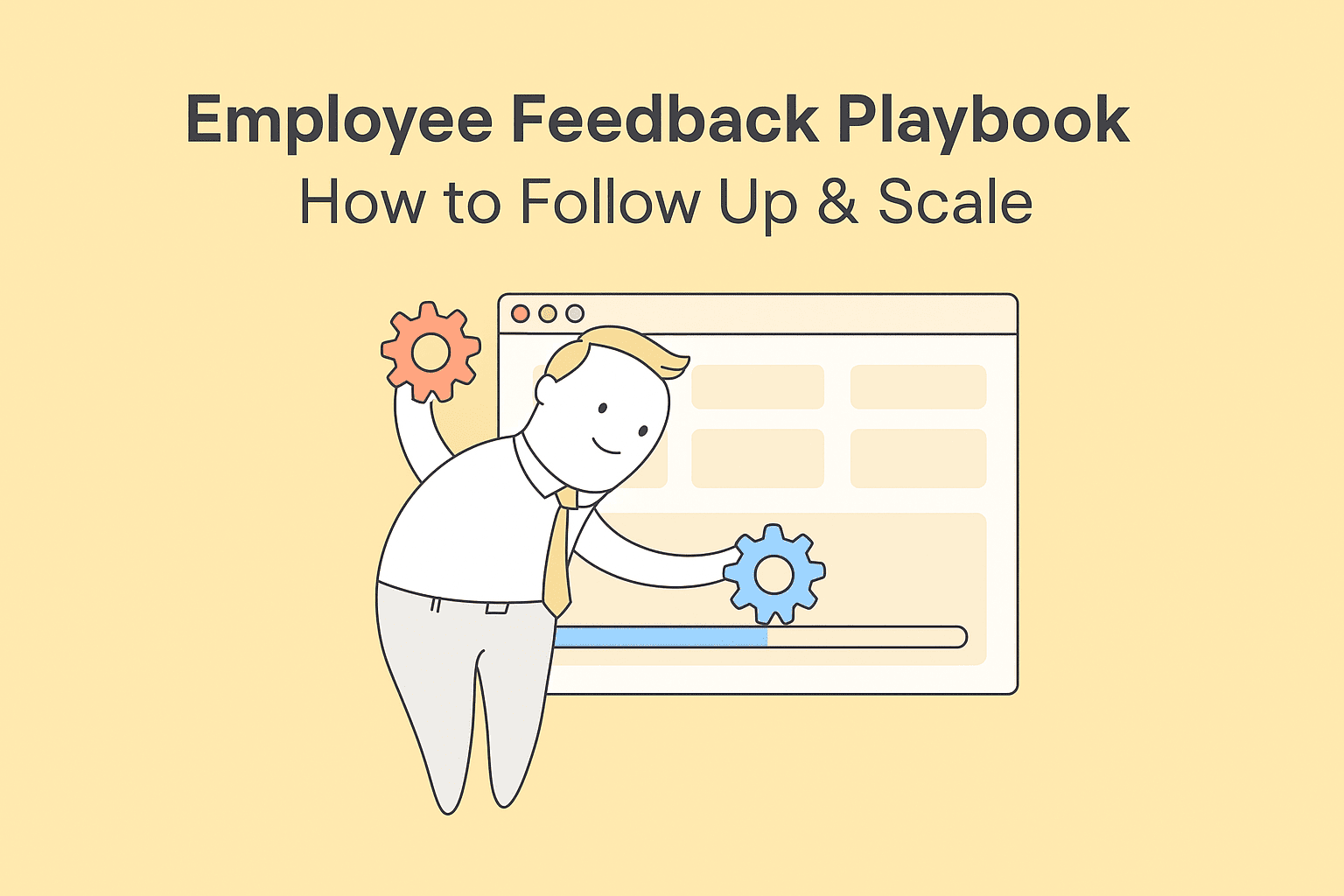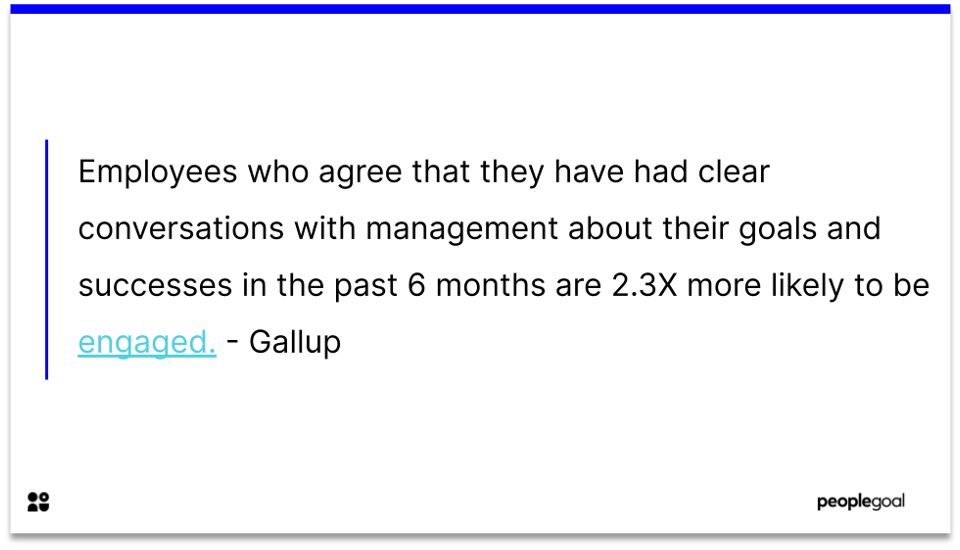We have created a list of positive feedback examples for colleagues as it’s crucial in any organization. It can help to bolster behavioral change as well as to reinforce positive behavior in the workplace by using positive feedback mechanisms. Constructive and at times negative feedback may be valued more as a creator of change.
It can also prove to be very detrimental with the very real possibility of entering a negative feedback loop (where all you provide is negative feedback and it becomes almost process like). However positive feedback is a sure way to ingrain positive actions within your workplace. This is due to its ability to make employees feel valued and connected to the team as they are a contributor to organizational activities.
Moreover, it provides meaning to a job which increases engagement and productivity. On the most extreme end of affairs, employees that feel valued and find meaning in their work are less likely to leave.
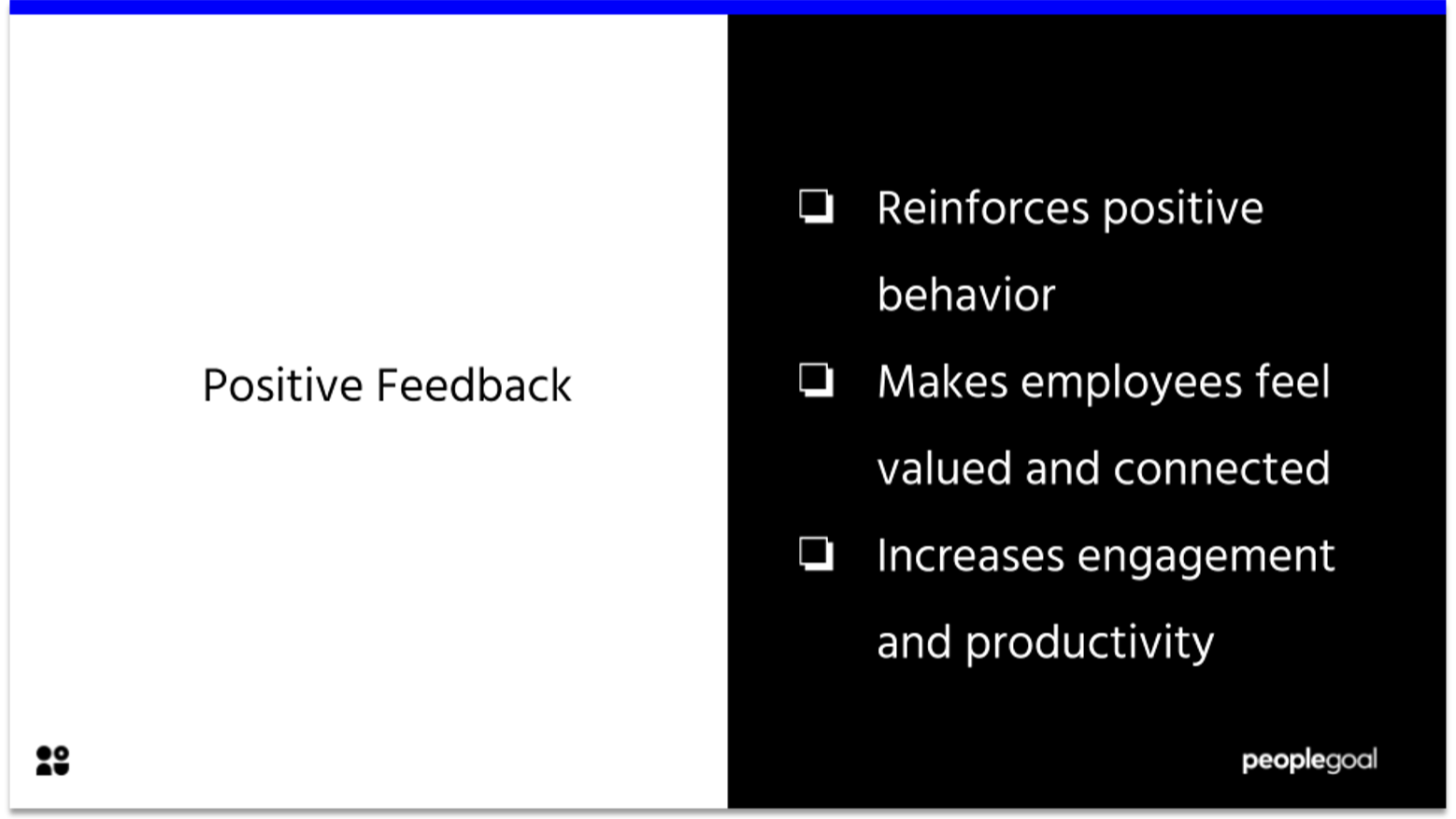
Therefore, it is imperative to encourage providing continuous feedback to your organization. Managers also need to realize the need to not only provide effective employee feedback or manager feedback but also encourage peer-to-peer feedback. It can strengthen the inclusive culture in your company and boost collaboration across teams and departments.
Both collaboration and inclusiveness have proven to have a positive effect of the performance on businesses, problem-solving and developing innovative solutions.
Why Feedback is important
Feedback is an opportunity to motivate
The power of words contributes to the commitment of employees. Therefore, think wisely and be sure to give praise where possible. Whether in informal conversations or during a formal session – positive feedback is what every employee strives for.
If employees don’t receive enough recognition then they are likely going to disengage from their work as their efforts appear to have been for nothing.
Not only is the feedback valuable for the motivation of employees but it also encourages lower turnover rates. In a recent survey, Gallup found that turnover rates for those who received feedback on their strengths were 14.9% lower than for employees who did not receive any feedback. This further demonstrates the importance of positive feedback for inspiring employees and reinforcing their engagement with work.
Feedback is essential to develop performance
Employees learn and grow as professionals when they have a consistent feedback loop. As a result, it is important to maintain an open channel of communication with your team members.
Even if you can only provide negative feedback, your employees are unaware and incapable of their wrongdoing without your intervention.
It’s up to you to steer them in the right direction and provide them with the necessary guidance to help them improve and develop their performance in work. The development of your team hinges on your ability to lead and encourage them as they grow into their roles.
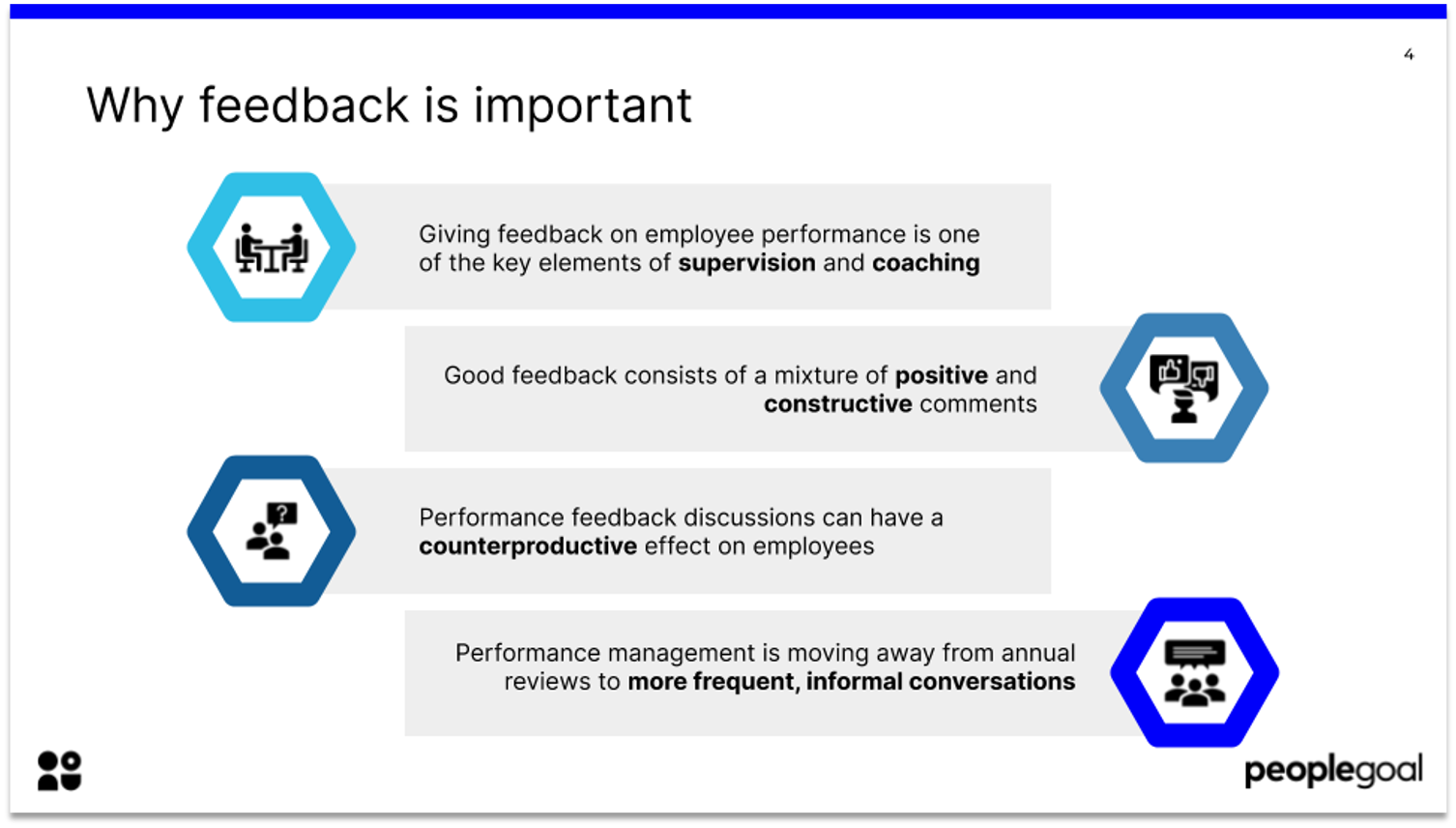
Feedback is a way to keep learning
The purpose of 360 feedback is to drive better employee performance by encouraging a more open approach to discussing feedback. It must be noted that through giving constructive feedback, an employee will develop a better understanding of what you want from them.
At the same time, with this newfound motivation from receiving the feedback, you can expect to learn from your employees as they find innovative and creative solutions to problems that you present to them.
Use the feedback loop to create a constant cycle of learning and development for your entire workforce. Take this opportunity to evolve your team and become the best and most productive team you possibly can.
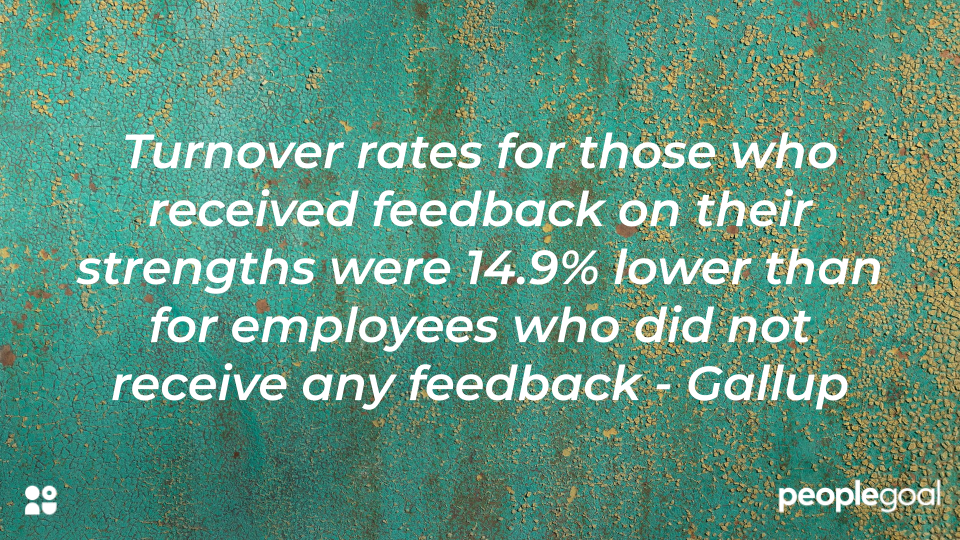
Here are a couple of tips for giving effective feedback, followed up with some examples you yourself could use in the office.
A couple of tips on when and how to deliver positive feedback for colleagues:
You can use these when giving effective feedback to your colleagues or even external collaborators such as agencies and contract workers to let them know they have done a great job.
-
Be problem-focused and specific in your comments. The more detail and actions you can include in your feedback, the easier it will be for the employee to make the necessary changes.
-
Talk about the situation, not the individual. Consider the person you’re talking to, they want to do well but maybe aren’t quite fulfilling particular areas in their work. Focus on future performance rather than assessing past performance. Understand that your employees are people too and so, therefore, you should be aware of how your feedback will affect their emotions.
-
Be direct but informal. When going through the process of giving constructive feedback, it is important to state what needs to be said. At the same time, the meeting doesn’t have to be as clinical as a doctor’s brief. Find a natural pattern between normal or informal conversation and giving the employee’s feedback. This will also encourage better employee engagement.
-
Always provide feedback at the earliest convenience. Whilst the iron’s still hot after the event, give your feedback in order for the information to have maximum relatability and effect.
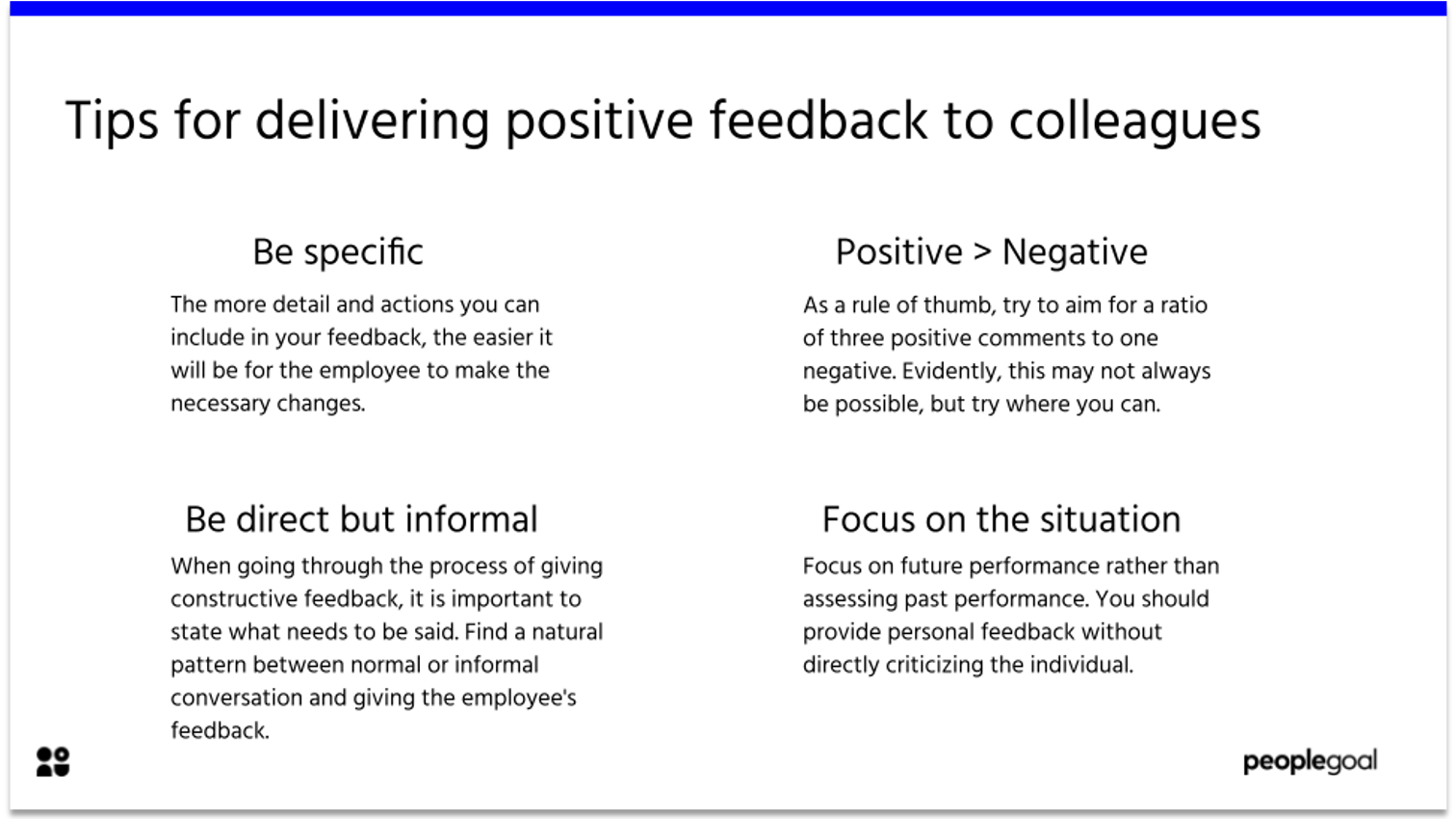
-
Positive feedback should outweigh constructive or negative feedback. As a rule of thumb, try to aim for a ratio of three positive comments to one negative. Evidently, this may not always be possible, but try where you can.
-
Do not hesitate to give positive feedback whilst other people around. This is a great way to build team morale.
-
List and paraphrase to secure consent. As you reach the end of your feedback session, it’s important to ensure that what you’ve discussed is recognized and received by the employee. This is why listing your key takeaway points in a succinct manner will help the employee to understand what is required for their development.
-
Transparency is the key to constructive feedback. As you discuss points for development or motivation, it is mutually reassuring if you can demonstrate how you have come to conclusions as well as real consequences for not meeting desired standards.
-
Provide qualitative and quantitative feedback. Using a combination of the two forms of assessment will provide truly 360 feedback. Additionally, the employee will be more satisfied if they receive a considered and not totally numerical or opinion-based appraisal. The narrative from a peer review or self-evaluation creates valuable insights, as much as numerical ratings or percentage completion figures.
What are some examples of positive feedback?
9 Examples of positive feedback for colleagues:
1. If an employee goes the extra mile:
“ Last week I asked you to give me a helping hand on Project X as I was struggling to keep up with the workload. Not only did you help out, but you went out of your way to collect the most difficult information that would have been most time consuming for myself. The work you presented to me was clear and concise and hugely beneficial to what we are doing. Without your help I would have had to delay this project which was the last thing we needed to do as a team. The extra effort you put into this really made a big difference not only for me, but the team also. Thank you!”
2. When a colleague overcomes and obstacle:
“I just want to say that I know you have had distractions at home which you could have used as an excuse for not taking this meeting. Yo managed not only to step up to the plate after taking a knock, but you also encaptivated the audience with a clear, engaging, and well thought out presentation which I admire. I especially liked your use of audio cues. Keep up the good work!”
3. When an employee models good behavior:
“You did a great job yesterday by gathering all of your team members and asking them for an input regarding XY. This really helped everyone feel like they were part of the process. I also liked how you asked everyone a question related to their expertise. It was a great way to encourage participation. What you did yesterday with that meeting is a great example of a true teamwork we would like to encourage in our company. Nicely done!”
4. When a colleague meets or exceeds goals:
“ I have received your sales report from the last quarter. And you’ve exceeded your set goals by 25%! This is a massive contribution to the overall department goal. I would hugely appreciate if you could get together a small 1-minute presentation to give to the team at our next catch up. It would be great if everyone could take a leaf out of your book!”

5. When giving an employee a confidence booster
Sometimes you just need to encourage feedback from employees, here’s an example:
“I’m really impressed with how you handled that last client. I understand how difficult it can be dealing with tough or difficult individuals but you were excellent at it. You were calm, collected and were able to quickly develop viable solutions for them. Keep it going!”
6. Illuminate the big picture
Enlighten the employee as to how their work, helps others and at a more abstract level, the company.
“I just wanted to let you know how the work you recently did with XXXX has helped with this month’s objective of XXXX…”
7. When helping an employee improve, don’t focus on the past
Feedback aimed at communicating unmet expectations should be forward looking. Focus on the future and be positive.
“There are some aspects of the project you just completed that I think we need to work on. I really liked what you did with XXXX, but I think we can improve on certain area. I think we can look at developing XXXX next time and we must make sure we tighter to deadlines next time.”
8. When talking to an employee avoid the ‘but…’
"I really like how you dealt with the client. It was a tough situation, but you handled it well. There is one thing which you might want to change next time you deal with a difficult client…”
9. When an employee is showing good development
“I can see real improvement in your work and professional skills as of late. I think you’ve come on leaps and bounds. I am particularly impressed with your ability to provide high attention to detail, without compromising on speed. Keep up the good work!”
So there we have it, 9 positive feedback examples for your coworkers to get your creative juices flowing. At times it’s a situation of testing out which feels right for the right person and moment, but fundamentally you must always give positive feedback when it is due, and make sure it’s always related to aspects of action.
In case you not only need help with the feedback quotes for your colleagues but wonder how to implement effective 360 feedback process in your organization and how it can benefit your workforce, download our Essential Guide to 360 Feedback or schedule a short meeting to discuss the possibilities and benefits PeopleGoal can bring to your company!
At the end of the day;
We spend a third of our lives at work. Should we not make the time worthwhile?
Ready to 3x Your Teams' Performance?
Use the best performance management software to align goals, track progress, and boost employee engagement.

